Banning books to keep people from reading ideas that you don’t agree with is a way of controlling people that’s straight out of the repressive regime playbook. But while it’s understandable to feel outrage over such censorship in say, Nazi Germany or in the Taliban-ruled Afghanistan, let’s not forget that in our modern American democracy, school districts across the country still try to keep kids away from texts they feel are too controversial. That includes yanking classics like “To Kill a Mockingbird” and modern tomes like “Thirteen Reasons Why” and “The Hunger Games” trilogy from classrooms and school libary shelves.
[quote position="left" is_quote="true"]Democracy without books is not democracy.[/quote]
This desire to burn and destroy knowledge makes Argentinian artist Marta Minujín’s replica of the Greek Parthenon, the first building erected in a society ruled by the people, all the more relevant to current debates about the state of democracy and the role of public education within it. Minujín’s replica, “The Parthenon of Books,” is made out of 100,000 texts from around the world that have been or are currently banned.
“Democracy without books is not democracy,“ Minujín said in a statement about the project. She opened “The Parthenon of Books” in mid-June in Kassel, Germany, a city of about 200,000 people roughly two hours north of Frankfurt. The art project is part of “documenta,” an art exhibit that takes place every five years in Kassel. The original goal of “documenta” was to “bring Germany back into dialogue with the rest of the world” after the horrors of Nazism.
The city was also home to the Fridericianum, which was one of Europe’s first libraries and public museums. But as the statement by “documenta 14” explains:
“On May 19, 1933, approximately 2,000 books were burned on Friedrichsplatz, reportedly attended to by enormous crowds. The bonfire was held in conjunction with book burnings in university towns across the country, a nation-wide ‘Action Against the Un-German Spirit,’ as it was termed, that aimed to rid Germany of ‘Jewish intellectualism.’ Nearly a decade later, in 1941, the Fridericianum—still a library at the time—caught fire during the Allied bombing raids that flattened Kassel.”
Minujín also knows firsthand what it’s like to live in an undemocratic society. Born in Argentina in 1943, she lived through a serious of violent, repressive dictators in the South American country. Minujín erected her first Parthenon replica in Buenos Aires in 1983 using about 25,000 books that had been banned or burned by the military dictatorship. To that end, “The Parthenon of Books” is “Minujín’s monument to democracy, and to education through art,” according to the statement.
The artist began collecting banned books for the project in Kassel last fall. Students from the University of Kassel helped gather texts, and people around the world were invited to mail books to her. To build the structure, Minujín wrapped the books in plastic sheeting and hung them from a metal frame that matches the dimensions of the Parthenon in Athens, roughly 230 feet long by 80 feet wide.
Visitors to the installation are also welcome to bring a banned book to hang on the structure’s “walls”. Here’s a list from the American Library Association of the most frequently banned books in the United States if you want to go see the installation and need ideas for what you could donate. When Minujín took down her replica in Buenos Aires, the books were given to the public. She plans to do the same in September when this latest “Parthenon of Books” exhibition in Kassel comes to a close.







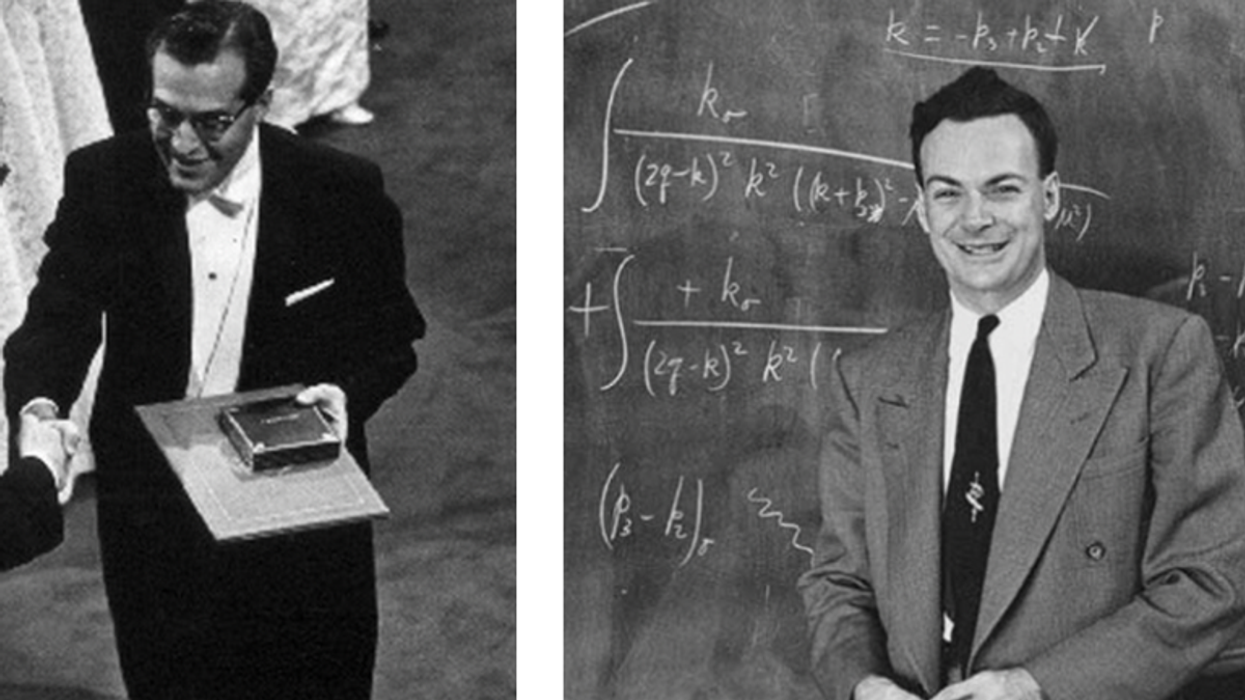




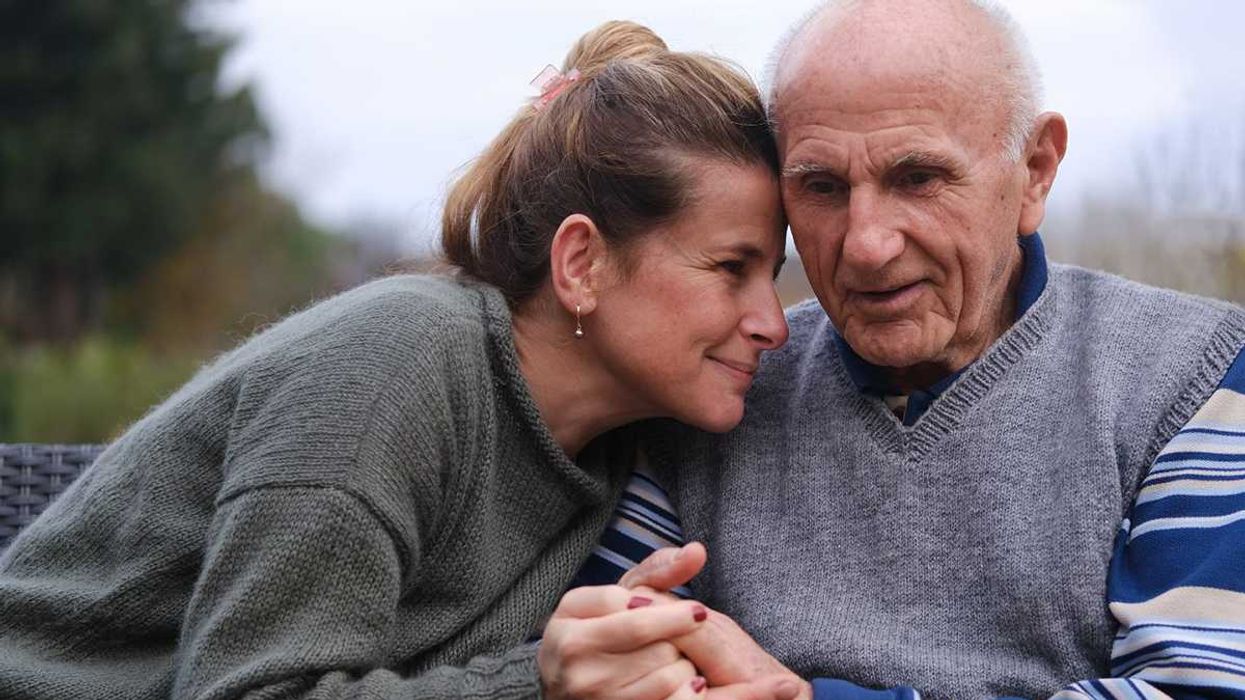
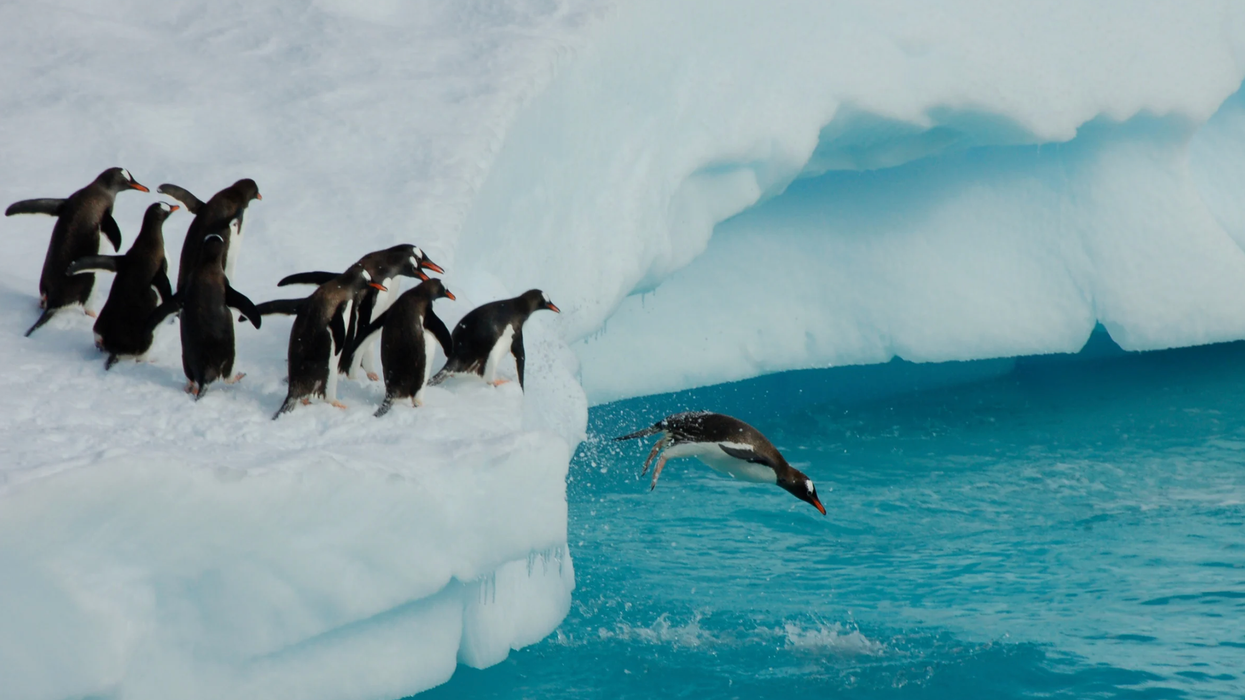


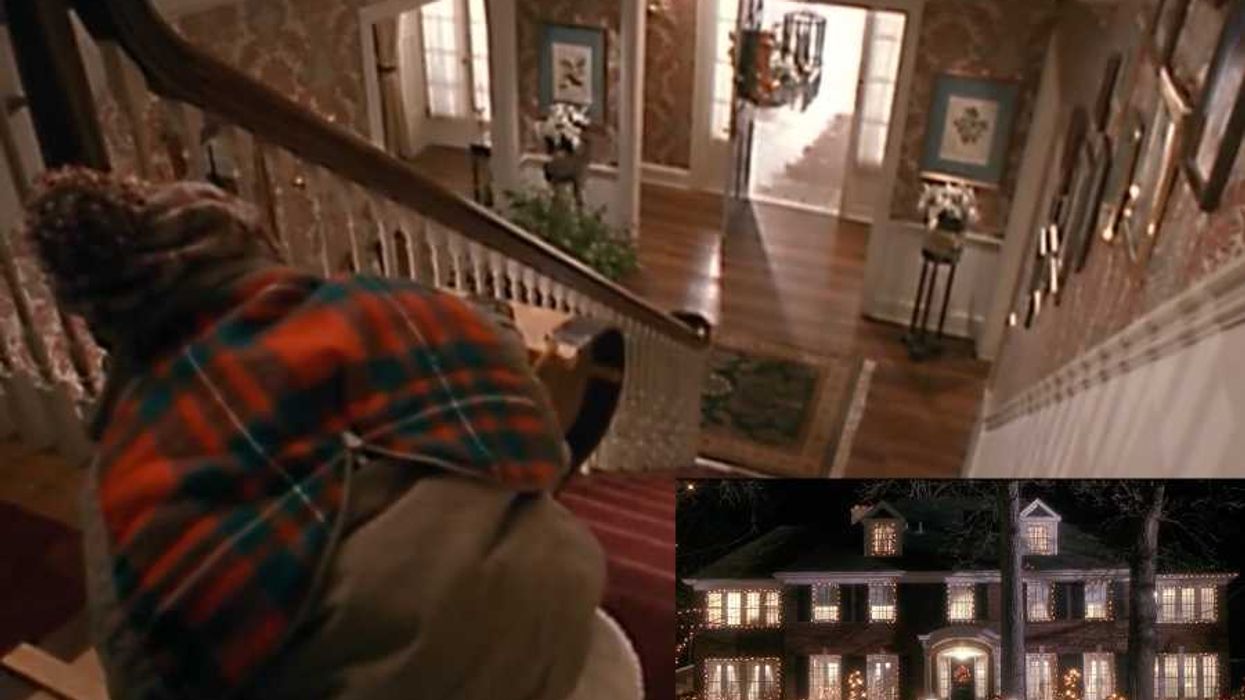

 The Emergency Department.Photo credit:
The Emergency Department.Photo credit:  Little girl with a splinter.Photo credit:
Little girl with a splinter.Photo credit:  Woman on phone after car accident.Photo credit:
Woman on phone after car accident.Photo credit: 

 A hotel clerk greets a guestCanva
A hotel clerk greets a guestCanva Gif of Faye Dunaway' as Joan Crawford demanding respect via
Gif of Faye Dunaway' as Joan Crawford demanding respect via  An empty rooftopCanva
An empty rooftopCanva
 A road near equatorial Atlantic OceanCanva
A road near equatorial Atlantic OceanCanva Waves crash against rocksCanva
Waves crash against rocksCanva

 Two people study a mapCanva
Two people study a mapCanva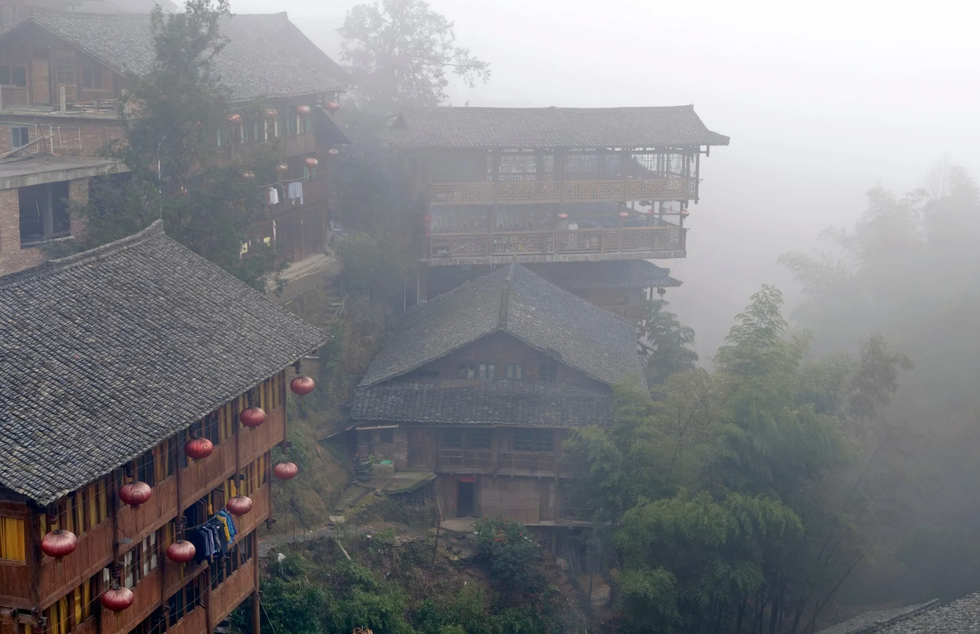 Foggy Chinese villageCanva
Foggy Chinese villageCanva